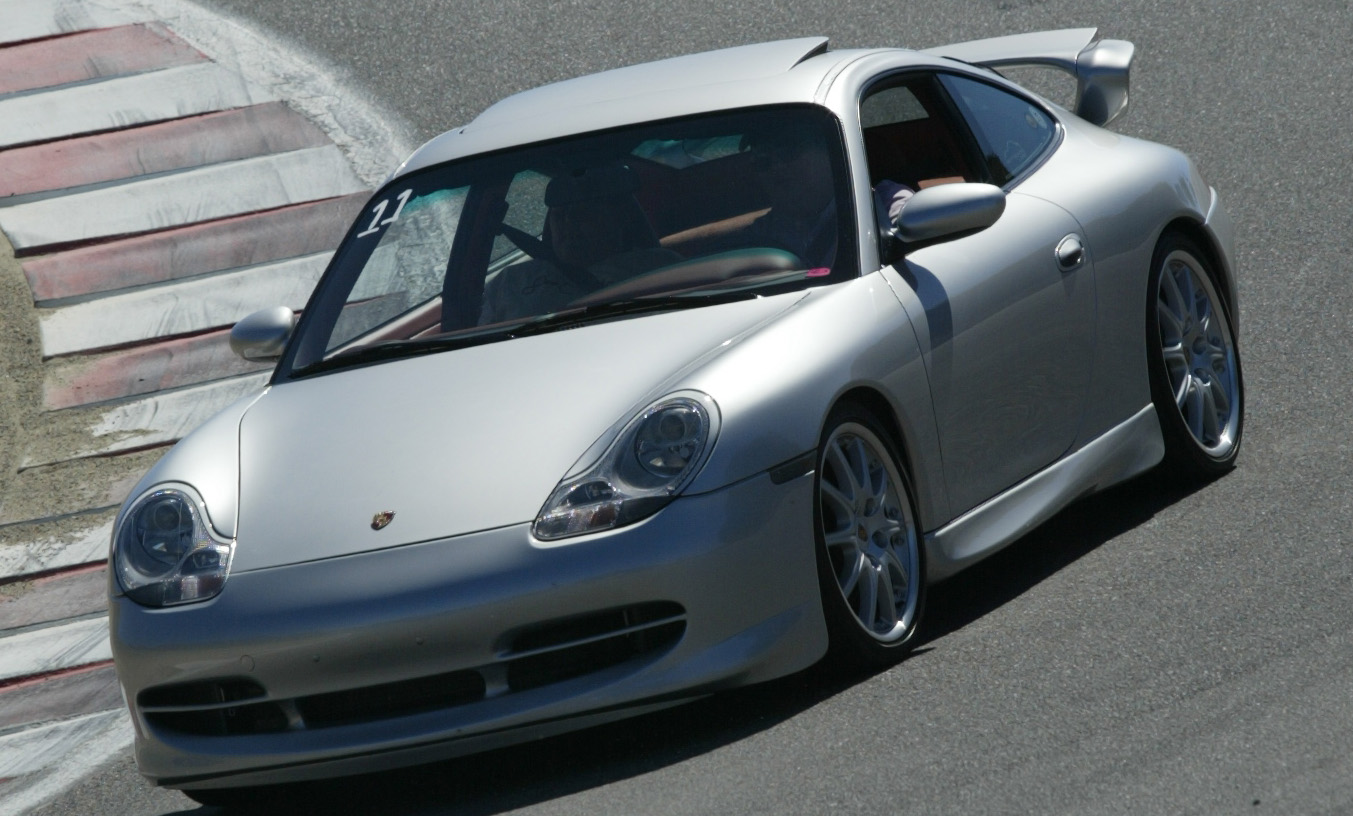2007 Porsche Boxster and Boxster S to Feature New, More Powerful Engines
Porsche's award-winning roadsters to receive new powerplants with VarioCam Plus and both horsepower and torque boosts
ATLANTA – June 19, 2006 – The 2007 Porsche Boxster and Boxster S mid-engined sports cars will be given more power and torque via new engines featuring Porsche VarioCam Plus. For the 2007 model year, the capabilities of the drop-top roadsters are also extended with an updated version of the optional Tiptronic® S automatic transmission and additional functions of the optional Sport Chrono Package.
The engines in the Boxster and Boxster S roadsters are now equipped with Porsche’s VarioCam Plus, which provides both variable intake valve timing and lift control. Thanks to this system, the Boxster and Boxster S engines have characteristically strong pulling power, combined with high peak-output and impressive fuel efficiency.
The engine in the Boxster S has been enlarged from 3.2 to 3.4 liters, and now develops 295 horsepower at 6250 rpm – 15 horsepower more than its predecessor. Torque has also swelled 15 pound-feet, to 251 lb.-ft. The Boxster S sprints from 0 to 60 mph in just 5.1 seconds (0-100 km/h, 5.4 sec.) – a tenth of a second quicker than the previous model. This open sports car’s top test-track speed has risen 2 mph to 169 mph (272 km/h).
The 2.7-liter Boxster engine now develops an additional 5 horsepower, bringing peak output to 245 horsepower. Torque has also increased, from 199 to 201 lb.-ft., peaking 100 rpm earlier with a broad torque plateau from 4600 to 6000 rpm. With the standard 5-speed manual transmission, the ’07 Boxster accelerates from a standstill to 60 mph in just 5.8 seconds (0-100 km/h, 6.1 sec.), and has a top test-track speed of 160 mph (258 km/h). With the optional six-speed manual gearbox, top test-track speed increases to 162 mph (260 km/h).
For 2007, the Boxster and Boxster S can be optioned with the revised Tiptronic S transmission, which features new hydraulics and electronics to improve responsiveness, and also provides variable shift programs. Combined with the optional Sport Chrono Package, the sporting characteristics of both these mid-engined roadsters are enhanced. With the Sport mode engaged, up- and downshifts are only made at engine speeds above 3000 rpm, and downshifts for engine braking are subject to less delay and take place at higher engine speeds. In the manual-shift mode, up-shifts are not made automatically when the engine reaches its rev limiter.
Standard on the 2007 Boxster models is Porsche’s Tire Pressure Monitoring System (TPMS), which continuously monitors the air pressure in each tire. Through its warning function, TPMS not only offers extra safety, and the reduced risk of tire damage, but it also monitors any gradual loss of pressure from the tires, helping prevent inconsistent, or unequal tire wear and excessive fuel consumption.
On both new Boxster models, service access has been improved, as the coolant and engine-oil filler caps are now located behind an easily accessible flap, so that better use can be made of the rear trunk. Also for the first time, the Boxster and Boxster S are available with the 19-inch, forged alloy, two-tone wheels that were developed for the new 911® Turbo. For the Boxster models they are offered as an option in sizes 8J x 19 (front) and 9.5J x 19 (rear).
The 2007 Porsche Boxster and Boxster S go on sale in North America in August. U.S. and Canadian pricing for the Boxster is $45,600 (USD) and $63,600 (CAD), respectively. Pricing for the ’07 Boxster S is $55,500 (USD) and $77,300 (CAD). Complete information on all Porsche models can be found at press.porsche.com in the Press Kit section.
Porsche Cars North America, Inc. (PCNA), based in Atlanta, GA, and its subsidiary, Porsche Cars Canada, Ltd., are the exclusive importers of Porsche sports cars and Cayenne® sport utility vehicles for the United States and Canada. A wholly owned, indirect subsidiary of Dr. Ing. h.c. F. Porsche AG, PCNA employs approximately 300 people who provide Porsche vehicles, parts, service, marketing and training for its 213 U.S. and Canadian dealers. They, in turn, provide Porsche owners with best-in-class service.
###
For more information, contact: Bob Carlson (770) 290-3676 or Paul Seredynski (770) 290-3514


-0001-0001.thumb.png.17f5bb25bf8ec261a17c21e6321c8492.png)

